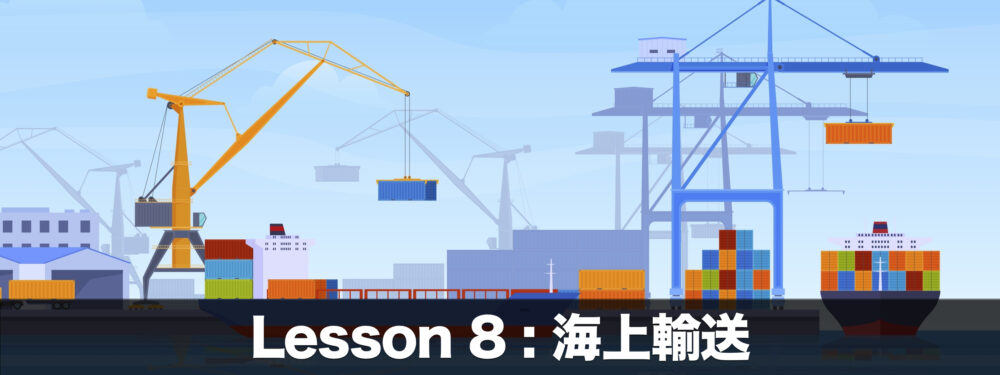8-7. Intermediary Trade and Switch Bill of Lading装飾用

Overview




What You Learn in This Topic
- What is Triangular Trade
- What documents are used
- Switch Invoice
- Switch B/L
- In case of using Origin Certificates
What is Intermediary Trade?
Triangular trade, or Intermediary trade, is a type of trading where goods are bought from a middleman or trader instead of directly from the manufacturer or factory.
In this type of trade, the physical movement of goods may not match the commercial agreements made.
Considerations
Keeping the exporter’s information hidden from the importer is crucial in triangular trade. Because if the exporter’s information leaks, the exporter and importer may start trading directly.
In practice, sometimes, they don’t need to hide the exporter’s info physically, as they’ve got contracts in place. However, usually, switched documents are used to prevent information leaks.

Documents used for triangular trade
Here are the documents used in Triangular trade:
- Invoice (for export customs)
- Switch Invoice (for import customs)
- Initial Bill of Lading (B/L)
- Switch B/L


Switch Invoice

Two types of invoices are used for Intermediary Trade. It’s important to note that the exporter, importer, and amount are different in these invoices.
This is an example of triangular trade:
・Supplier: Thai company
・Intermediary: Japanese broker
・Buyer: American company
・Goods flow: Thai → America
・Payment flow: Thai → Japan & Japan →America
For this case, below, two types of invoices are prepared.
- Invoice used for Export Customs
- Switch Invoice used for Import Customs
The details listed for each are different.
Invoice used for Export Customs
Seller: Thai Company
Buyer: American Company
Notify Party: Japanese Broker (“Bill To”).
Invoice Amount: The price at which the broker purchased the goods
Switch Invoice used for Import Customs
Seller: Japanese Broker
Buyer: American Company
Notify Party: Same as the buyer
Invoice Amount: The price at which the intermediary sells the goods

Switch B/L

Usually, a Bill of Lading (B/L) is issued by the shipping company or forwarder once the cargo is loaded onto a ship. This B/L includes the actual exporter’s information.
To hide this information, a Switch B/L is used.
A typical B/L is issued in the exporting country. However, a Switch B/L is issued by the shipping company or forwarder in the intermediary country (a third country).

1st B/L

This is a specific example using the above-mentioned triangular trade case. Similar to the invoice, the exporter and importer differ in the two BLs.
- Shipper: Thai Company
- Consignee: American Company
- Notify: Japanese Broker
Switch B/L
- Shipper: Japanese Broker
- Consignee: American Company
- Notify: Same as Consignee
This is how the Switch B/L substitutes the broker’s name for the actual exporter’s. Consequently, the exporter’s details stay confidential.

Origin Certificates in Triangular Trade
The final topic is about considerations for obtaining origin certificates in triangular trade. When countries that signed Economic Partnership Agreements (EPAs) trade with each other, having an origin certificate can get them tariff preferences.
In this case, obtaining the certificate in the exporting country and presenting it in the importing country are required.


One option is for the exporter to send the certificate of origin directly to the importing forwarder instead of sending it to the importer. In this way, the forwarder can handle the customs clearance process.
Summary
In this topic, we explained Triangular Trade and discussed the documents used in the process.
In this explanation, we’ve focused on cases where you must conceal the exporter. However, if you don’t need to hide anything, you can use one invoice to handle everything, including information about the exporter, importer, and broker.

In those cases, there’s no requirement to switch the B/L. However, a switch B/L may be necessary for a Letter of Credit (L/C) depending on the situation.

Learn by Video
Take the Test
Reinforce your understanding of this topic by working through the exercises. Attempting the exercises without referring to the material as much as possible is advisable.




